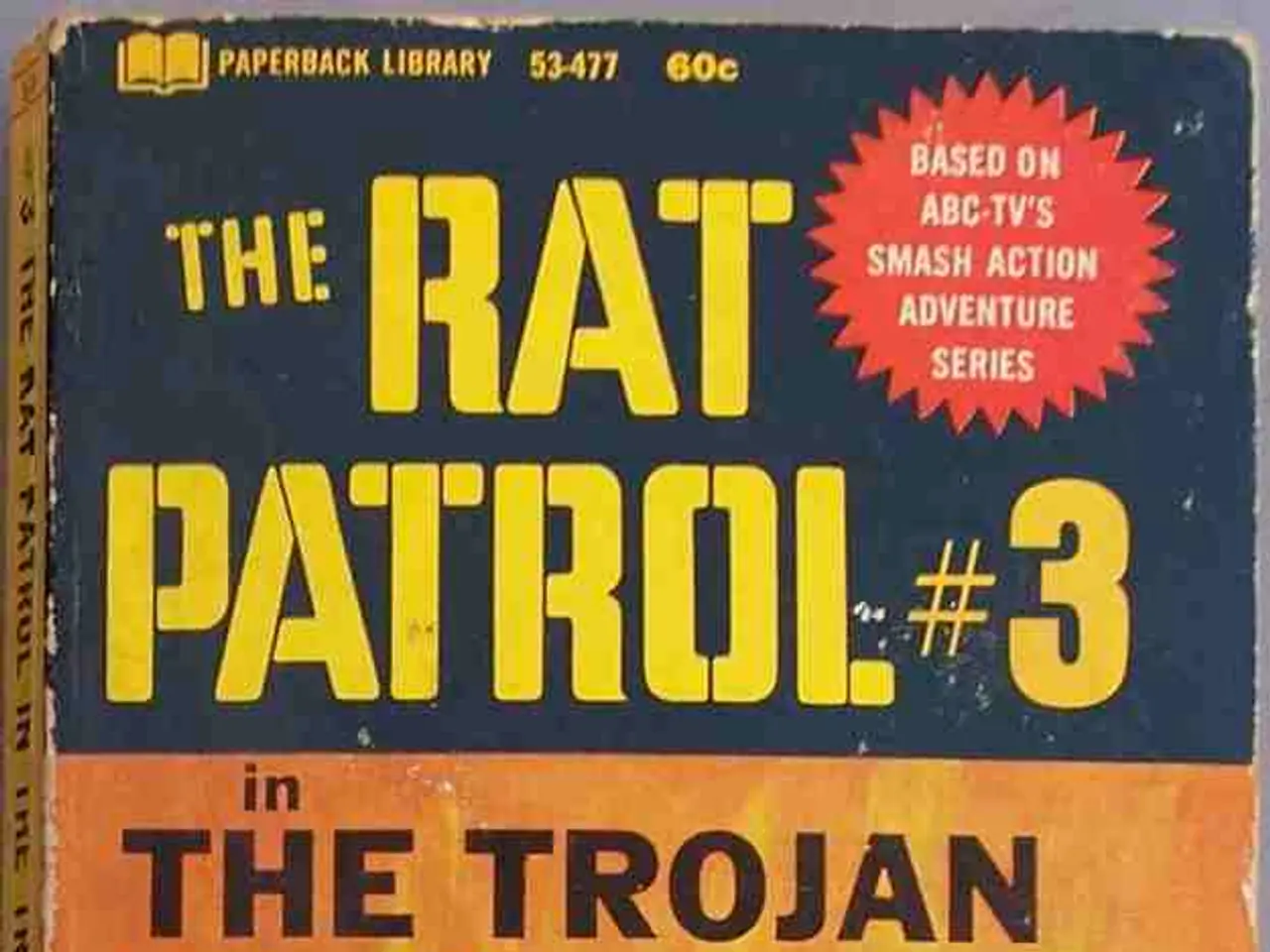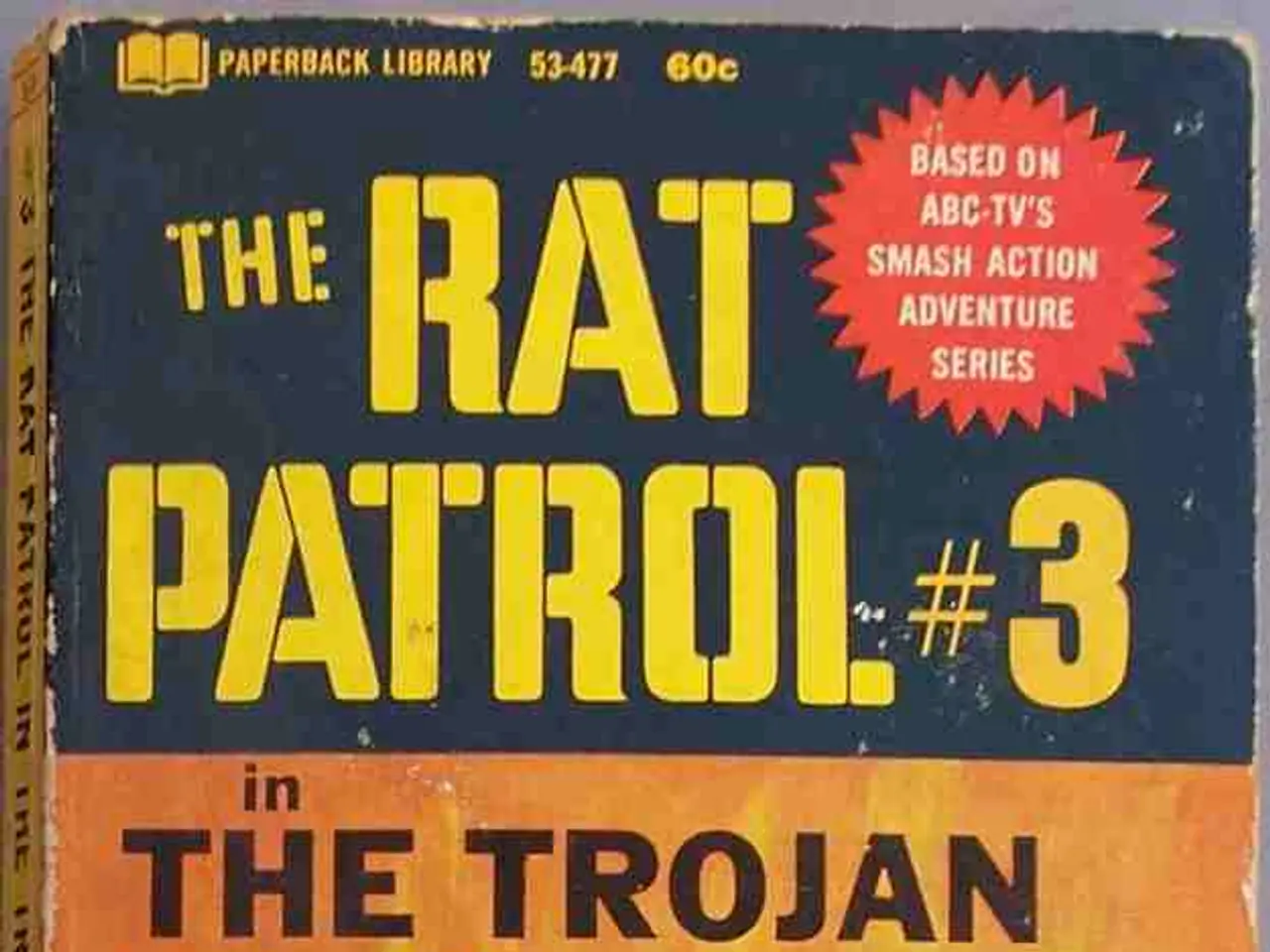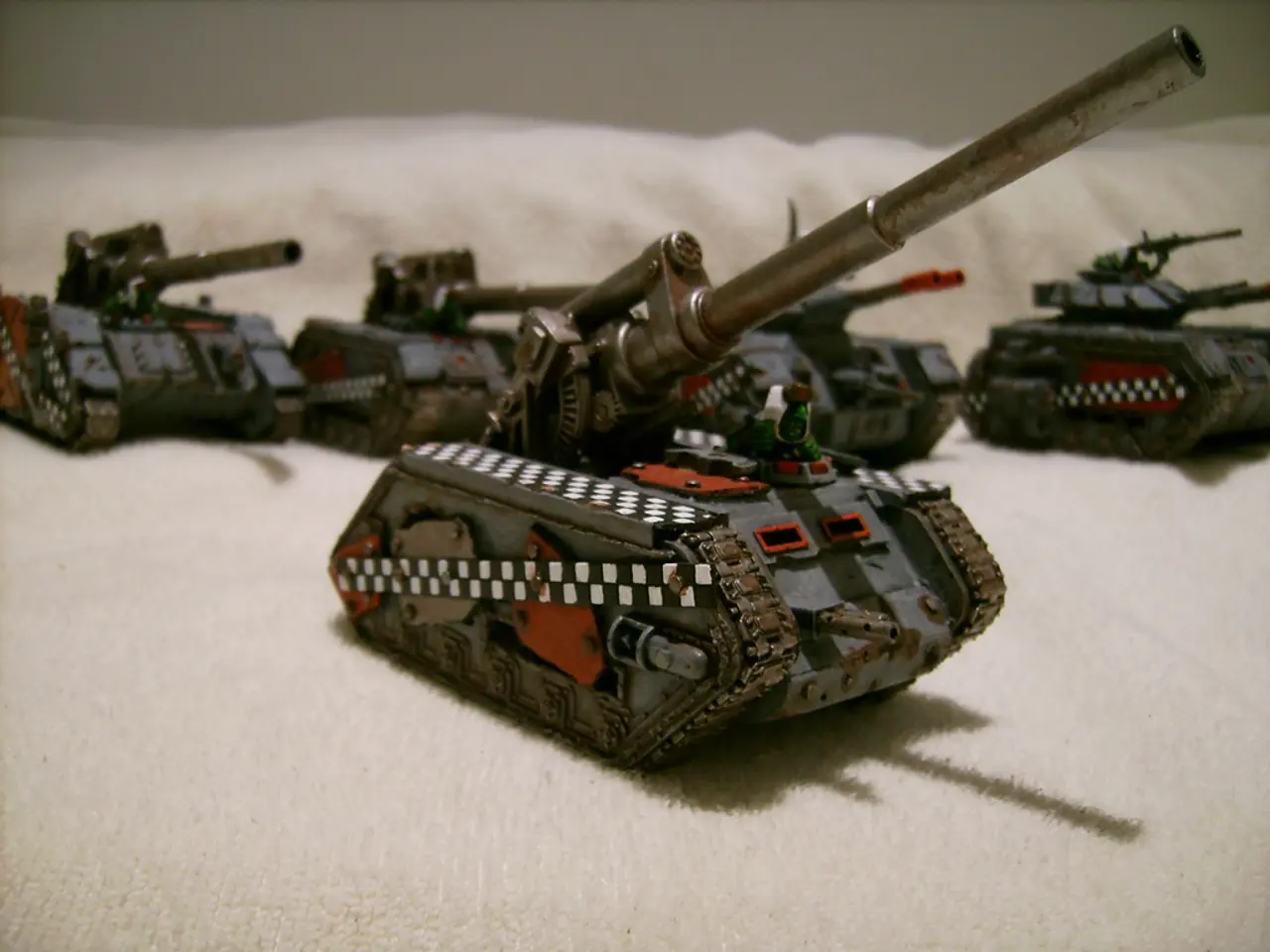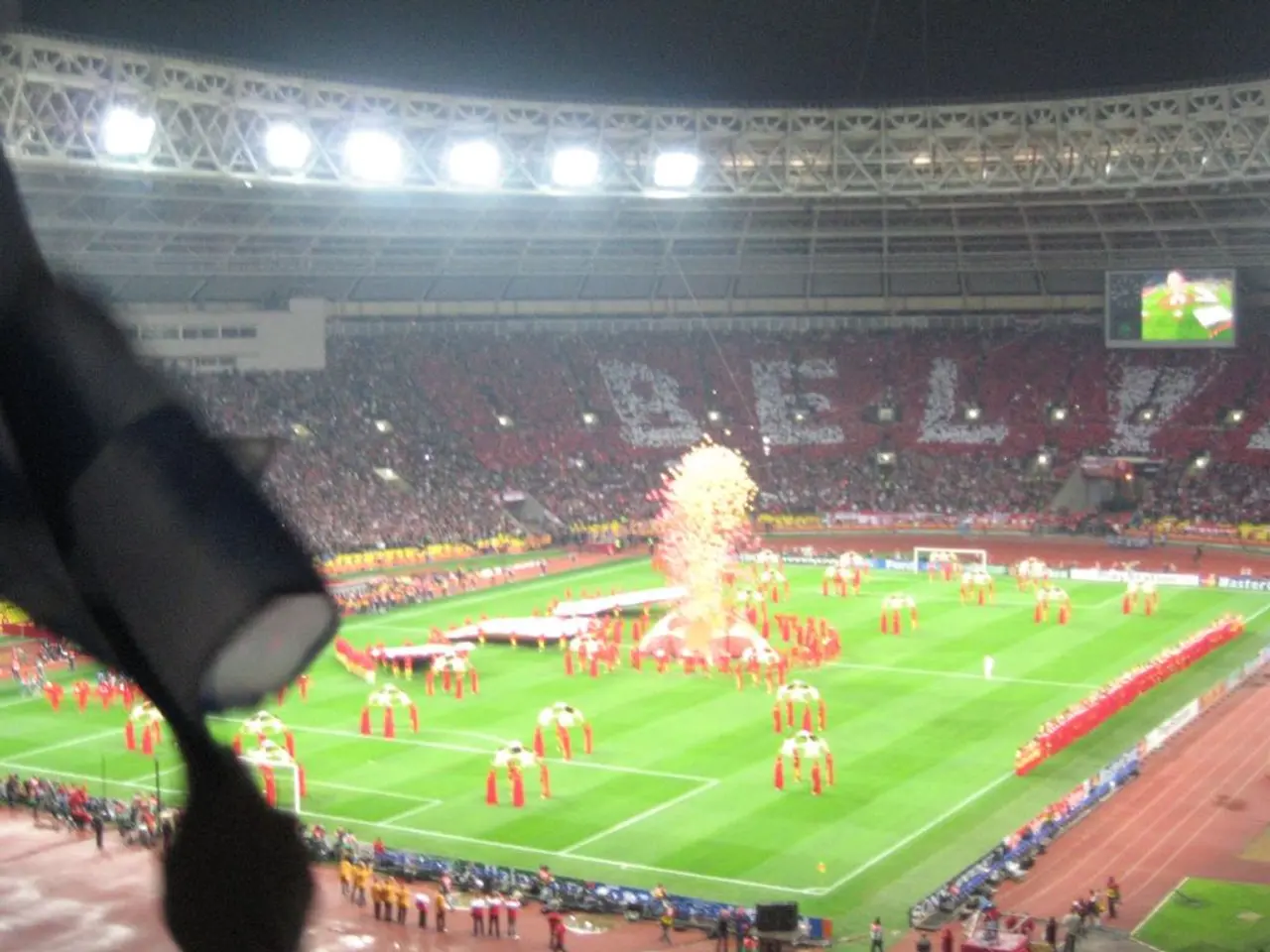Delve into the clandestine WW2 espionage operation, which molded females into lethal combatants, capable of deadly hand-to-hand combat.
In the tumultuous years of World War II, a secret taskforce was formed with a mission to destabilize Nazi operations covertly - the Special Operations Executive (SOE). Prime Minister Winston Churchill authorized the creation of the SOE in 1940, and its training facilities were scattered across Britain, including the picturesque Arisaig House in the Scottish Highlands.
One of the SOE's most unique aspects was its training of female agents in combat and sabotage techniques. These women were taught sabotage techniques, marksmanship, wireless operation, and deadly close-combat methods, including "silent killing" techniques that involved using their bare hands for stealthy execution. They were prepared for espionage, sabotage, and guerrilla warfare behind enemy lines, reflecting the SOE's mission to "set Europe ablaze."
The extensive and rigorous training programs made the SOE unique among wartime organizations, which often assigned women less combat-oriented roles. Female agents were also trained in intelligence gathering, communication through wireless operations, and the use of disguises or concealment devices for secret documents, ensuring their effectiveness as spies and couriers within occupied territories.
Many of these female agents undertook high-risk missions, such as those disrupting Axis supply lines or supporting resistance movements. Sadly, among the missing SOE agents were Noor Inayat Khan, Violette Szabo, and Odette Sansom, who had survived brutal training, parachuted into occupied France, and coordinated resistance cells before being captured, tortured, or executed.
The SOE's recruitment process could be unconventional, with women often joining through less conventional means such as language skills. Historian Dr. Kate Vigurs stated on the HistoryExtra podcast that the SOE trained women to kill with their bare hands. Agents often had to carry false identity papers, miniature explosives, and radio sets disguised as suitcases or farm equipment.
The SOE's wartime toolkit included bizarre inventions like the exploding rat, incendiary cigarettes, daggers hidden in hatpins, and the Wellrod pistol. These devices, along with the bravery and determination of the SOE's female agents, played a crucial role in the Allied victories.
The life expectancy of a wireless operator in the SOE was six weeks due to the risk of being detected by German direction-finding vans. Despite this, the SOE supported resistance movements across Nazi-occupied Europe and gathered crucial intelligence. Vera Atkins, a senior intelligence officer in SOE's French 'F-Section', made it her personal mission to trace the fate of missing SOE agents after the war.
The SOE was formally disbanded in 1946, months after Churchill left office. The contributions of its female agents, who worked tirelessly and often sacrificed their lives for the cause, are now being recognised as an important part of World War II history.
[1] Vigurs, K. (2019). The Secret War: The Women Who Fought Back. London: Weidenfeld & Nicolson. [2] Proctor, R. (2018). The Women Who Fought Back: Britain's Forgotten War Heroes. London: Quercus. [3] Lacey, R. (2013). The Secret War: The Women Who Fought Back. London: Simon & Schuster. [4] Atkins, V. (1971). SOE in France: An Account of Operational Service 1940-1944. London: Hodder & Stoughton. [5] Knightley, P. (1979). The SOE in France: An Account of the British Special Operations Executive in France 1940-1944. London: Macmillan.
- The SOE's unique role in war-and-conflicts during World War II is highlighted by its training of female agents in combat and sabotage techniques, reflecting a significant departure from traditional politics and general-news wartime organization approaches.
- The extensive contributions of the SOE's female agents, who bravely undertook high-risk missions and sacrificed their lives for the cause, are gaining increasing recognition as a vital aspect of military history and World War II.








